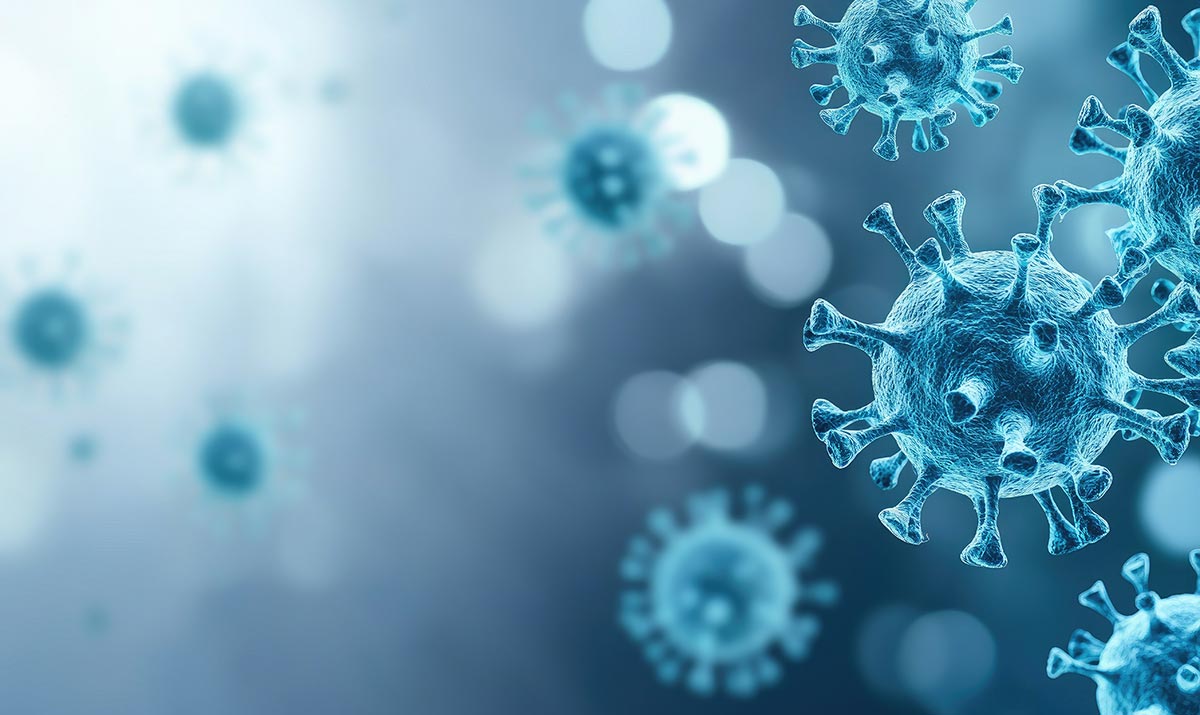A Hidden Threat in Plain Sight
Infectious disease prevention has always been about identifying threats early and acting quickly to stop their spread. Traditionally, we focused our efforts on those who showed clear signs of illness—fever, cough, fatigue, or other recognizable symptoms. But the COVID-19 pandemic forced us to rethink that strategy. One of its most sobering lessons was the power of asymptomatic transmission—how people without symptoms (or sometimes very mild symptoms) could still spread the virus to others.
This wasn’t a new concept, but the scale and impact of COVID-19 made it impossible to ignore. As a hospital epidemiologist and infectious disease physician, I’ve seen firsthand how this phenomenon has reshaped how we approach infection control—in hospitals, clinics, and the broader community.
Asymptomatic or Presymptomatic Doesn’t Mean Harmless
One of the challenges in managing asymptomatic carriers is that they often feel well and go about their daily lives unaware they’re spreading infection. This was especially problematic in COVID-19, where estimates showed that up to 40% of transmission may have occurred from people with no symptoms or those who were “pre-symptomatic”, infected but not yet showing symptoms.
Asymptomatic or pre-symptomatic carriers are not just “less sick”—they can carry similar viral loads to symptomatic individuals, meaning they are still capable of infecting others. In healthcare settings, where we care for vulnerable patients, even a single unrecognized carrier—staff, visitor, or patient—can lead to serious outbreaks.
Rethinking Screening and Testing
Before COVID-19, infection control strategies were generally reactive: identify symptoms, isolate the patient, and begin treatment or containment measures. Now, we need proactive strategies that don’t rely on symptoms alone. This can apply to responding to outbreaks of bacterial infections in hospitals, where we can identify patients “colonized” with an organism but not symptomatic and implement measures to prevent spread. This can be critical to stopping an outbreak in a hospital unit or in a non-hospital facility such as a long-term care facility.
Looking ahead, maintaining some level of proactive testing—especially in high-risk environments like nursing homes or transplant units or in the setting of active outbreaks —may continue to be a smart practice.
The Role of Universal Precautions
Another shift has been the renewed emphasis on universal precautions. In a world where anyone could be an asymptomatic carrier, treating every patient encounter as a potential transmission risk became necessary.
Widespread masking policies, even among those who felt healthy, helped reduce respiratory virus transmission not just for COVID-19 but also for flu, RSV, and other seasonal illnesses. Eye protection, better hand hygiene, and environmental cleaning protocols became standard across healthcare systems. We are still trying to understand the overall benefits of different protection strategies but our experience with COVID-19 demonstrated that this is an important area to study.
These measures not only protect patients—they also safeguard healthcare workers and prevent workforce shortages during outbreaks. As we move forward, the challenge will be deciding which precautions remain long-term and how to balance safety with sustainability and protecting healthcare workers while providing high quality medical care.
A Wake-Up Call for Contact Tracing
Traditional contact tracing relies on someone knowing when they became sick. But with asymptomatic spread, identifying the source and mapping transmission becomes far more complex.
COVID-19 highlighted the limitations of manual contact tracing alone particularly in the setting of a rapidly spreading virus. Technology stepped in with exposure notification apps and digital tracking tools. While privacy concerns are valid and must be addressed, digital tools can supplement traditional methods, particularly when silent spreaders are involved.
For future outbreaks, building in digital contact tracing capabilities—and ensuring public trust in their use—will be essential for early containment.
Infection Control Beyond COVID-19
While COVID-19 has been the main driver of these changes, asymptomatic spread isn’t unique to it. Diseases like influenza, norovirus, tuberculosis, and even measles can all involve asymptomatic or pre-symptomatic transmission to varying degrees.
For instance, norovirus can be shed in stool even before symptoms appear—or after they resolve. TB can remain latent for years without symptoms but still pose risk in certain environments. And flu can be transmitted a day before someone feels ill.
This underscores the importance of maintaining robust infection control programs—not just during pandemics but as a core part of daily operations. It also means we must educate healthcare workers and the public alike about how transmission works, even when people don’t “look sick”, particularly when faced with an outbreak or epidemic situation.
The Path Forward: Prevention Through Awareness
Addressing asymptomatic spread isn’t just about policies—it’s also about culture. We need to foster a culture of awareness, responsibility, and empathy. That means reinforcing the idea that infection control isn’t just about protecting ourselves, but about protecting each other.
Whether it’s wearing a mask during respiratory virus season, staying up to date on vaccinations, or supporting colleagues who stay home when exposed, small actions can have big impacts.
In medical education, we must ensure future clinicians are trained to think about asymptomatic transmission and not rely solely on visual cues. And in public health, we must design outreach and prevention strategies that acknowledge silent spreaders as part of the transmission puzzle.
Conclusion: Seeing the Unseen
Asymptomatic carriers have challenged some of our most basic assumptions about how disease spreads. But they’ve also made us better. We now test more thoughtfully, use personal protective equipment more consistently, and design policies that prioritize prevention even when risk isn’t visible, particularly if we ever encounter an epidemic from a new or novel pathogen in the future with asymptomatic or presymptomatic transmission.
These changes have made our hospitals safer, our response systems smarter, and our communities more resilient. As we prepare for future infectious threats, we must keep this perspective in mind: sometimes, the biggest dangers are the ones we can’t see—but with the right tools, teamwork, and vigilance, we can still stay one step ahead.
